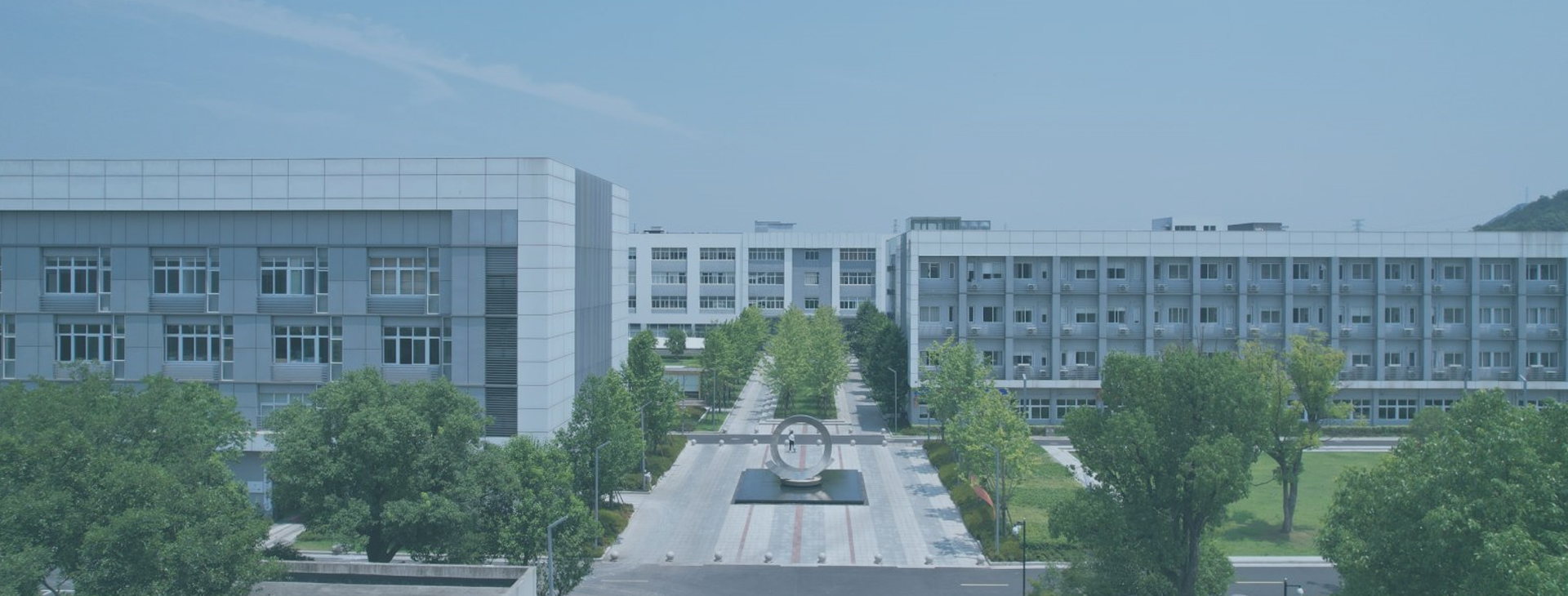Development prospects and process principles of ceramic substrates
Ceramic substrate is a high-performance ceramic material that has been widely used in fields such as electronics, optoelectronics, electrochemistry, biosensing, and medical diagnosis. With the continuous advancement of scientific research technology and the increasing market demand, the development prospects of ceramic substrates are very broad. This article introduces the development prospects and process principles of ceramic substrates.
1、 Development prospects
1. Manufacturing of electronic components
Ceramic substrate, as a high-performance ceramic material, has excellent mechanical properties, corrosion resistance, and insulation performance. This makes it a material for electronic component manufacturing. With the rapid development of information technology, the application prospects of ceramic substrates in electronic component manufacturing are even broader.
2. Biosensing and Medical Diagnosis
Ceramic substrates have excellent biocompatibility and are used as substrates or components for medical devices or diagnostic equipment. For example, ceramic substrates are often used to manufacture sensors and electrodes in medical instruments such as blood glucose meters, blood pressure monitors, and electrocardiograms.
3. Optoelectronic components
The application of ceramic substrates in optoelectronic devices is becoming increasingly widespread. For example, ceramic substrates have become an important material in fields such as LED chips, fiber optic communication, and optical sensors.
4. In the field of new energy
Ceramic substrates also have broad application prospects in new energy fields such as lithium titanate batteries, fuel cells, and solar cells. Ceramic substrates, as materials for battery separators, can improve the performance and lifespan of batteries.
2、 Process principle
The manufacturing process of ceramic substrates includes multiple steps such as raw material selection, powder preparation, molding, drying, sintering, and post-treatment.
1. Raw material selection
The selection of raw materials for ceramic substrates is crucial, usually choosing materials such as alumina, silicon nitride, aluminum nitride, etc. as raw materials. These materials have characteristics such as high melting point, high hardness, high strength, and excellent mechanical properties.
2. Powder preparation
Mix the selected raw materials in a certain proportion and perform crushing, screening, and other treatments to prepare the required powder. During the powder preparation process, attention should be paid to maintaining powder uniformity and controlling particle size distribution.
3. Forming
After mixing the powder with other additives, it is molded through methods such as cold pressing and injection molding. During molding, it is necessary to control parameters such as molding pressure, temperature, and time to ensure that the size, shape, and density of the ceramic substrate meet the requirements.
4. Drying
Place the formed ceramic substrate under ventilated conditions for drying. This process requires controlling the drying time and temperature to prevent cracks or deformation of the ceramic substrate during the drying process.
5. Sintering
Place the dried ceramic substrate into a high-temperature furnace for sintering. Sintering is the process of baking ceramic substrates at high temperatures to form a dense structure.
6. Post processing
After sintering, ceramic substrates can undergo post-processing such as polishing, processing, coating, etc. to improve their performance and surface quality.

